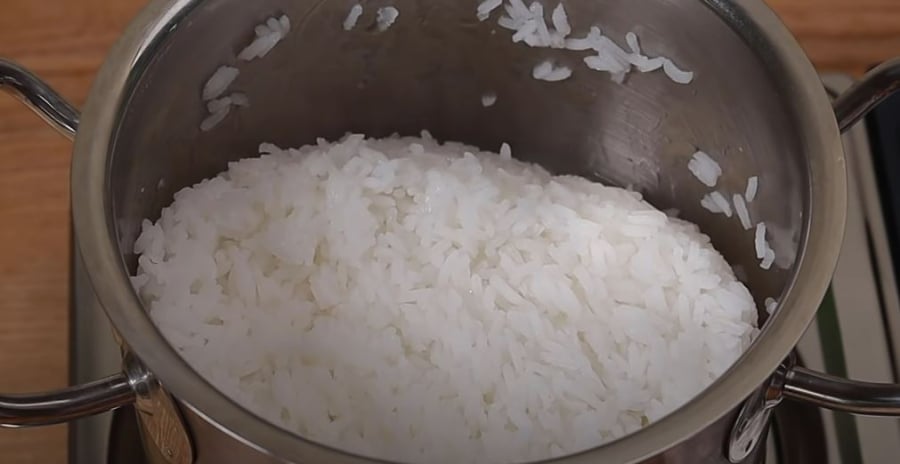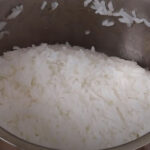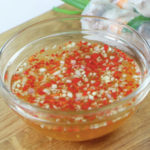What is Mẻ?
Mẻ, or fermented rice, is a common ingredient in Vietnamese cuisine, known for its tangy flavor and distinctive aroma. It is often used in stews, sour soups, hot pots, and rice vermicelli broth, among other dishes.
Mẻ is essentially rice that has undergone fermentation, and it is quite simple to make at home.
How to Make Mẻ Without a Starter
Traditionally, when making Mẻ, one would obtain some Mẻ starter from a neighbor and mix it with cooked rice, allowing it to ferment in a clay pot. However, it is possible to make Mẻ from scratch without a starter.
To begin, you will need a clean ceramic, porcelain, or glass container to ensure both aesthetic appeal and safety during the fermentation process. Thoroughly wash the container, sterilize it with boiling water, and let it air dry.
The two essential ingredients for making Mẻ are rice and clean water. The type of rice used will determine the color of the Mẻ; older rice will result in a slightly yellowish Mẻ, while white rice will produce a whiter variety.
Wash the rice thoroughly and place it in a pot. Add water in a ratio of 1:2 or more, and cook as you normally would.
Once the water boils, carefully collect the rice water and continue cooking the rice until it is fully cooked. Allow both the rice and the rice water to cool completely.
Transfer the cooked rice to a bowl and let it cool down to room temperature.

Making Mẻ is simple; just cook rice with more water than usual.
Place the cooled rice into the prepared container and pour the rice water on top. Cover it with a thin cloth, and then loosely place the lid on top (do not seal it tightly, as airflow is necessary for the development of microorganisms).
Keep the container in a cool, shaded place, and at a comfortable temperature to expedite the fermentation process. Every couple of days, gently stir the contents with a clean spoon or chopsticks to ensure the rice and rice water mix evenly. After about 2-3 weeks (depending on the weather), the Mẻ should have a mild sour taste and will continue to ripen and develop a more robust flavor the longer it is left to ferment.

With this method, you’ll have your own Mẻ ready in 2-3 weeks.
To maintain your Mẻ, add a couple of spoons of clean rice or rice vermicelli to the container every few days. Keep the container in a dry, well-ventilated area.
To ensure your Mẻ stays white and fragrant, you can add a few slices of galangal or a piece of chicken or pork bone to the container.
When using the Mẻ, scoop out the portion you need from the bottom of the container, being careful not to include any of the rice from the top.
Once removed, the Mẻ should not be returned to the container.
If you notice any signs of mold, discard the entire batch and start over.
Aside from cooking, Mẻ can also be used for cleaning. For example, you can apply Mẻ to the bottom of a pot, leave it overnight, and it will help remove stubborn stains.
“The Ultimate Guide to Cracking Without a Potter’s Wheel: A Simple 2-Ingredient Method”
Creating your own mosaic tiles at home is a fun, convenient, and cost-effective way to add a unique and personalized touch to your space. With a bit of creativity and some simple tools, you can transform everyday materials into stunning mosaic masterpieces that will impress and inspire. So, get ready to unleash your inner artist and discover the joy of crafting your very own mosaic tiles!
How Long Does Sweet and Sour Fish Sauce Last in the Fridge?
Sweet and sour fish sauce is the perfect condiment for a myriad of dishes, from fried fish to grilled delights, and even spring rolls. It’s a versatile dip that can be paired with almost any dish, making it a staple in many households. This sauce is typically made in large batches and stored in the fridge, ensuring it lasts for a good amount of time. However, like all good things, it has a finite lifespan, and if left too long, it will spoil and lose its delightful flavor.






































